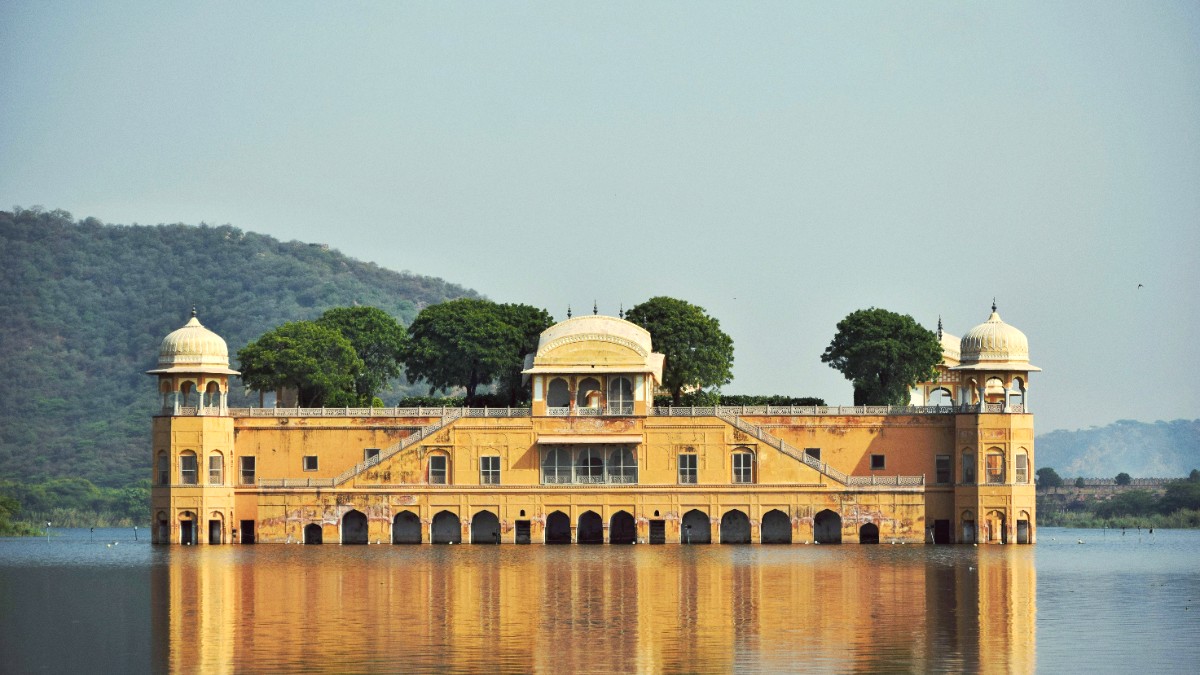
Rajasthan, India
Comprehensive Overview of Public Transit Systems:
Jaipur Metro: A limited but growing metro network operates. The operational Pink Line connects Mansarovar to Badi Chaupar, passing through several important areas. It offers a fast and comfortable way to cover certain distances.
Local Buses: Jaipur City Transport Services Limited (JCTSL) operates an extensive network. These buses cover most parts of the city and represent the most budget-friendly transport option. They can be crowded, especially during peak hours, and may pose challenges for new visitors to navigate without local assistance or a mapping app.
For Metro travel, use Google Maps to check station proximity to your destination.
For buses, confirm the route with the conductor or local passengers. Have exact change ready.
During peak morning and evening rush hours, the Metro often presents a faster alternative to road transport.
Self-drive available, but often discouraged due to traffic. International Driving Permit (IDP) needed.
Available from local shops; valid motorcycle license and IDP required.
Limited bicycle sharing. Some hotels offer rentals. Main roads are not ideal for cycling.
Auto-rickshaws (tuk-tuks) and cycle-rickshaws are common for short distances.
Exploring Jaipur on foot or by bicycle offers unique perspectives, especially in certain areas.
Be prepared for unexpected delays, especially during peak traffic hours or monsoon season.
Do not hesitate to ask locals or hotel staff for directions or transport advice.
For important journeys, consider pre-booking taxis or drivers to avoid last-minute stress.
For first-time visitors, hiring a private car with a driver for a day or two offers comfort and efficiency.
This allows covering many attractions without worrying about navigation or negotiating fares.